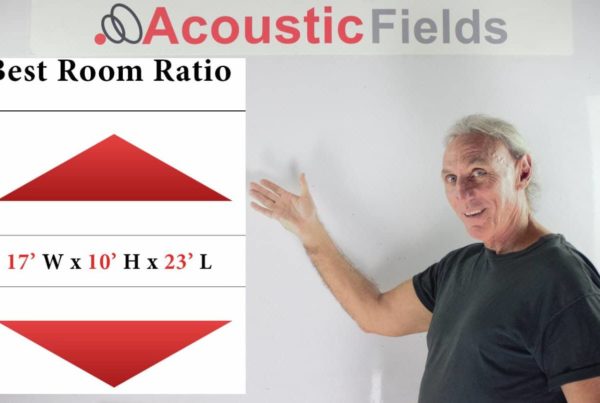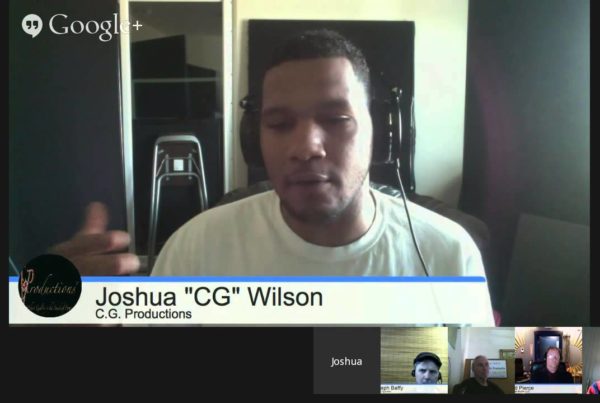On a recent Google Hangout we hosted, my colleague asked me to explain why we don’t produce some of these Led Zeppelin, Pink Floyd acoustic wall panel design prints that you see becoming popular. He asked me to explain how the print impacts on the acoustical performance, so here goes.
We all know that our speakers have grill cloths that have covers over them. Most people that are serious about sound, take those grill cloths off because the grill cloth is a cosmetic treatment, it’s not acoustically functional. Well it is, it does absorb and redirect energy but its real purpose is mainly cosmetic. It’s to put a fabric face over some electromechanical devices, namely speakers.
So that said, let’s apply that same kind of thinking to putting artwork or some kind of visual aid if you will on fabric. Acoustical fabric has what’s called air permeability ratings, the ability of air to move through them.
Why We Need Air Flow
Why do we need that? Because the sound absorption treatment on the other side needs air movement, that’s the way it works. It can’t do its job without air movement, so anything that we put on that fabric will have a restricting effect on air movement. It has to, even if it just covers the threads in the fabric and doesn’t fill in the spaces between the threads, which is highly unlikely if they’re spraying it or rolling it or whatever they’re doing to apply it.
You’ve got the threads and you have the spaces between the threads. If you cover the threads, which is good and leave the spaces open we’re probably okay. I don’t see any processes that really do that, it’s mainly covering the threads and the spaces between them, well then you’re restricting the airflow of the fabric and if you restrict it enough and you won’t get the performance of the sound absorption technology behind it.
So just the fabric alone is a little bit restrictive although they have really good acoustical fabrics now that allow 95, 96, 97 percent air movement and that’s adequate, more than enough for the technology on the other side to do its job.
Don’t compromise performance for aesthetics
So in short, you know we already are restricting air movement with the fabric. If we’re going to then add a graphic or some kind of pigment, ink to the fabric we’re going to further restrict it and good quality sound is a combination of little things. Bad sound and bad technology is a lot of little things done poorly. So it’s always that trade-off between appearance and performance and I just, I won’t sacrifice performance for appearance.
I’ll figure out a way to make it look good but work just as well. That particular situation I just don’t see how that could be beneficial to air movement and you can’t restrict any. You can’t restrict air movement any more than you do with just the fabric. So the fabric is about as far as you can go in my opinion in restricting air movement.
Now if people want to get a projector and project the image on to their acoustic panel, I guess, would that be acceptable? Just don’t stand in front of the projector!
If you’re thinking of buying them then ask yourself what are you trying to accomplish in your listening room? Is it audio and video? Okay, well those are two different arenas. So, do they require different acoustical treatments? Well if there’s video and then it’s a home theatre situation where you’re watching movies absolutely. You have all these multiple sources; front, center, side, rear, ceiling now with Dolby Atmos you have 62-channel subtypes, you have speakers in the floor. So yeah we have to get back to what is the purpose of the room, what is the usage, how we maximize the sound for that room usage.
In Summary
I hope that explanation on why I think acoustic wall panel designs are counterproductive to good room acoustics. If you want to learn more about this subject please sign up for our free room acoustic treatment videos and ebook which provide step by step instructions on all major room acoustic issues. Get instant access by signing up now.
Thanks
Dennis







